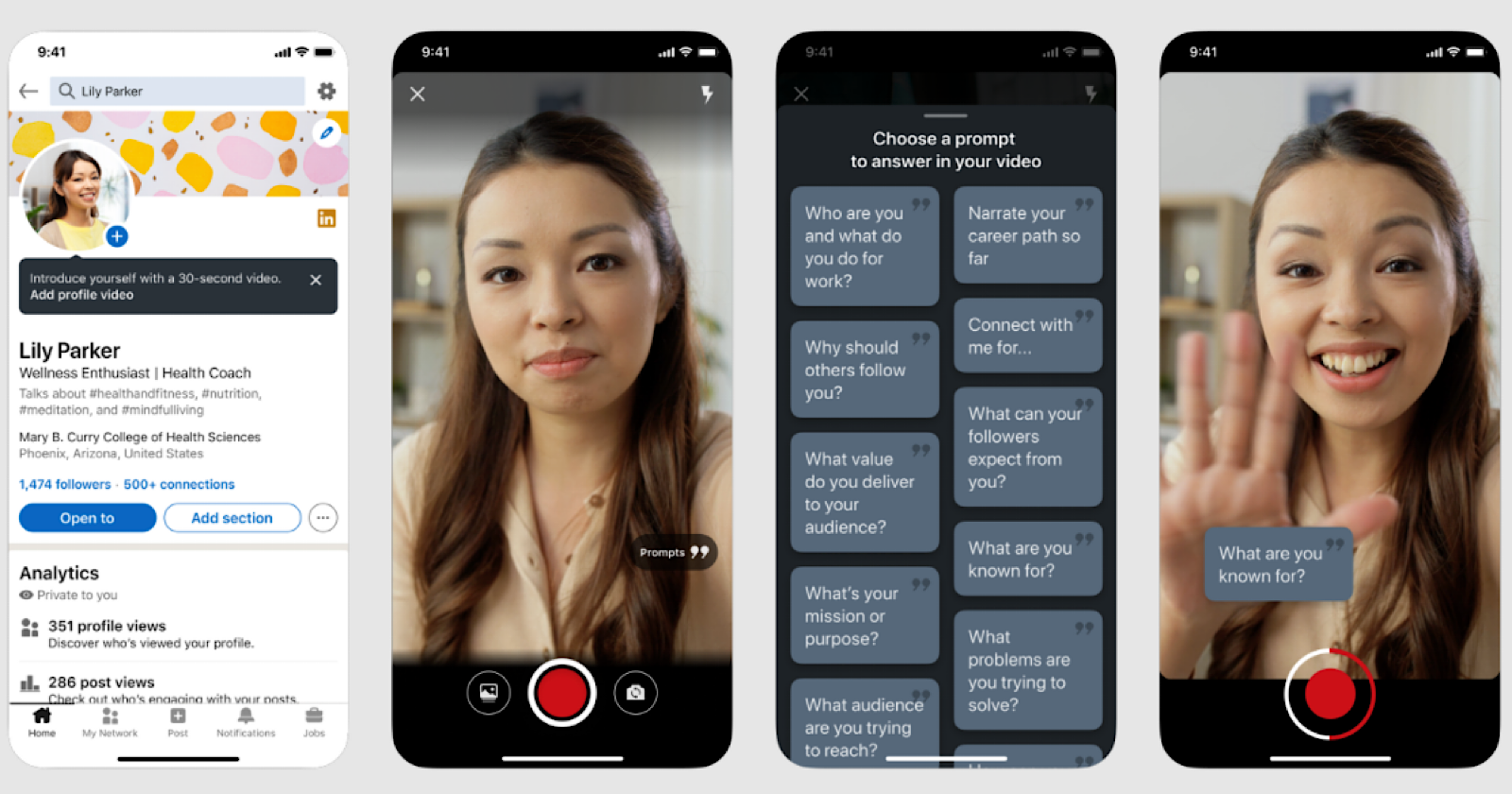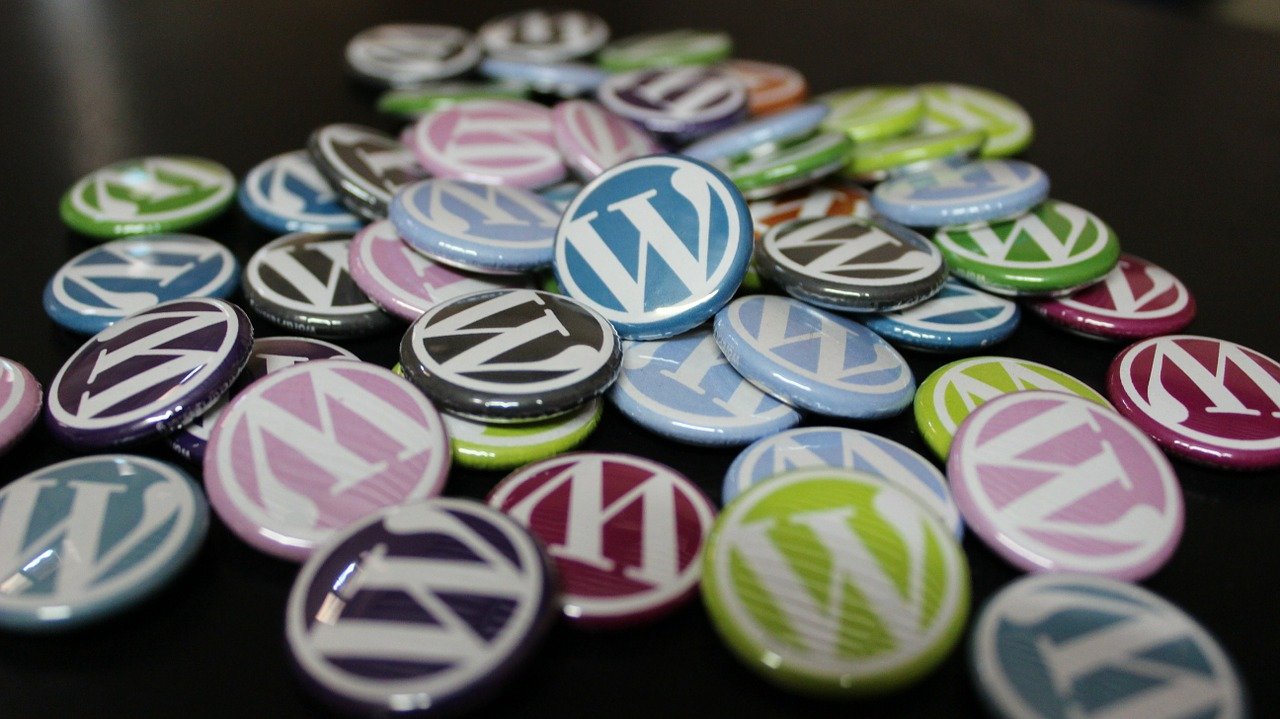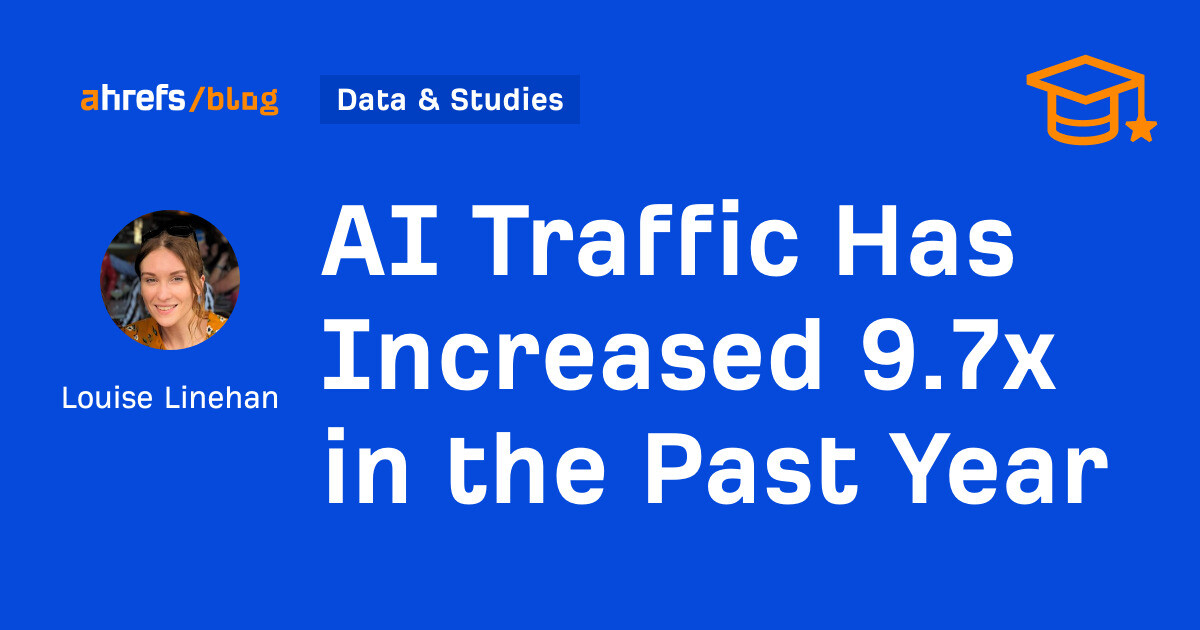Google Bard Removes Waitlist, Adds Image & Coding Features via @sejournal, @MattGSouthern
Google's AI tool Bard expands globally, adds image capabilities, enhanced coding, and plans for widespread app integrations. The post Google Bard Removes Waitlist, Adds Image & Coding Features appeared first on Search Engine Journal.
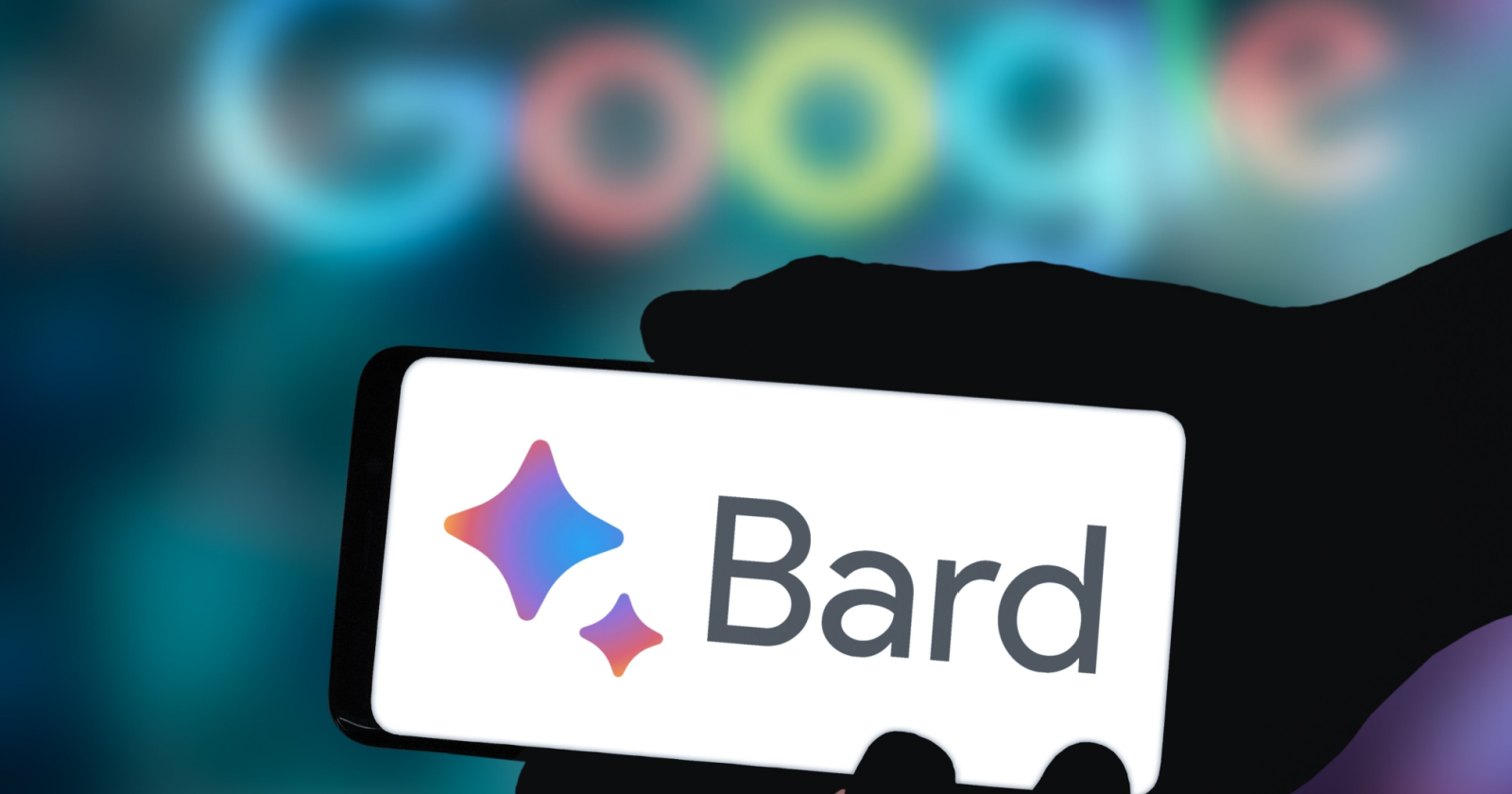
Google is rolling out a series of updates to Bard, its experimental generative AI tool.
The new features include image capabilities, coding features, and app integration.
Additionally, Google is removing the waitlist for Bard and expanding access to the tool to more than 180 countries and territories.
As part of its global expansion, Bard will now support Japanese and Korean, with plans to support 40 languages soon.
Bard’s Journey So Far
Launched less than two months ago, Bard was initially available in the U.S. and the U.K.
Bard allows users to collaborate with generative AI, enabling many creative and imaginative applications.
Since its rollout, Google has quickly adapted to user feedback, improving user experience.
Google has recently upgraded Bard to PaLM 2, a more capable large language model facilitating recent improvements such as advanced math, reasoning, and coding capabilities.
Image Integration With Google Lens
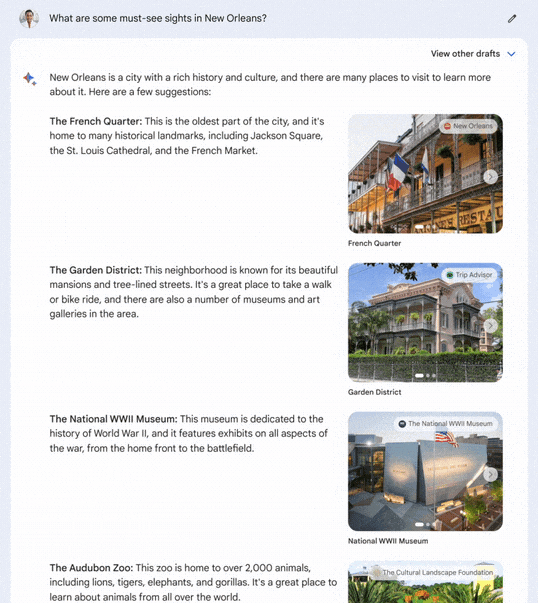 Screenshot from: blog.google/technology/ai/google-bard-updates-io-2023/, May 2023.
Screenshot from: blog.google/technology/ai/google-bard-updates-io-2023/, May 2023.
Soon, Bard will incorporate image capabilities. This will allow you to ask for things like notable sights in a particular city, with Bard providing text-based responses and rich visuals.
Google is integrating the power of Google Lens into Bard, which means you can upload images alongside text in your prompts.
For example, if you upload photos of your dogs, you can ask Bard to “write a funny caption about these two.”
Then it will analyze the photo to detect the dogs’ breeds and draft a few creative captions within seconds.
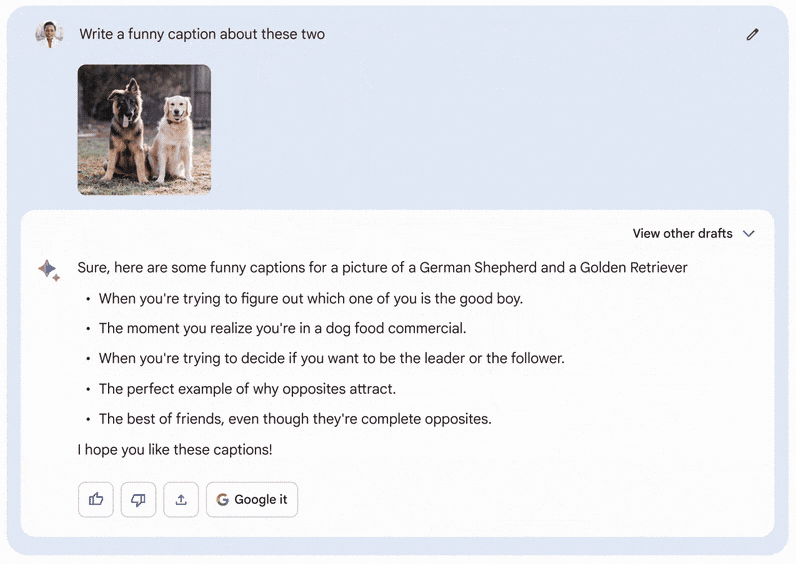 Screenshot from: blog.google/technology/ai/google-bard-updates-io-2023/, May 2023.
Screenshot from: blog.google/technology/ai/google-bard-updates-io-2023/, May 2023.
Enhancements For Developers
Google is introducing a few key upgrades to Bard following developer feedback.
These include more precise source citations, a new dark theme, and an “Export” button.
The Export button expands on a popular feature that allows users to export and run code with Google’s partner, Replit, starting with Python.
In addition, Google is launching two more export actions, making it easier to move Bard’s responses into Gmail and Docs, facilitating the drafting of emails and documents.
Future Plans: App Integration & More
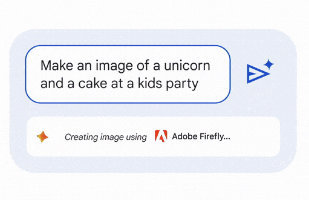 Screenshot from: blog.google/technology/ai/google-bard-updates-io-2023/, May 2023.
Screenshot from: blog.google/technology/ai/google-bard-updates-io-2023/, May 2023.
Google plans to integrate the capabilities of various apps and services, such as Docs, Drive, Gmail, Maps, and others, into the Bard experience.
Bard will also be able to connect with various services from across the web, with extensions from outside partners, including Kayak, OpenTable, ZipRecruiter, Instacart, Wolfram, and Khan Academy.
In the coming months, Bard will integrate Adobe Firefly, allowing users to turn their ideas into images, which can be further edited or added to designs in Adobe Express.
For more on Bard, see Google’s official announcement.
Featured Image: gguy/Shutterstock

 ValVades
ValVades 











